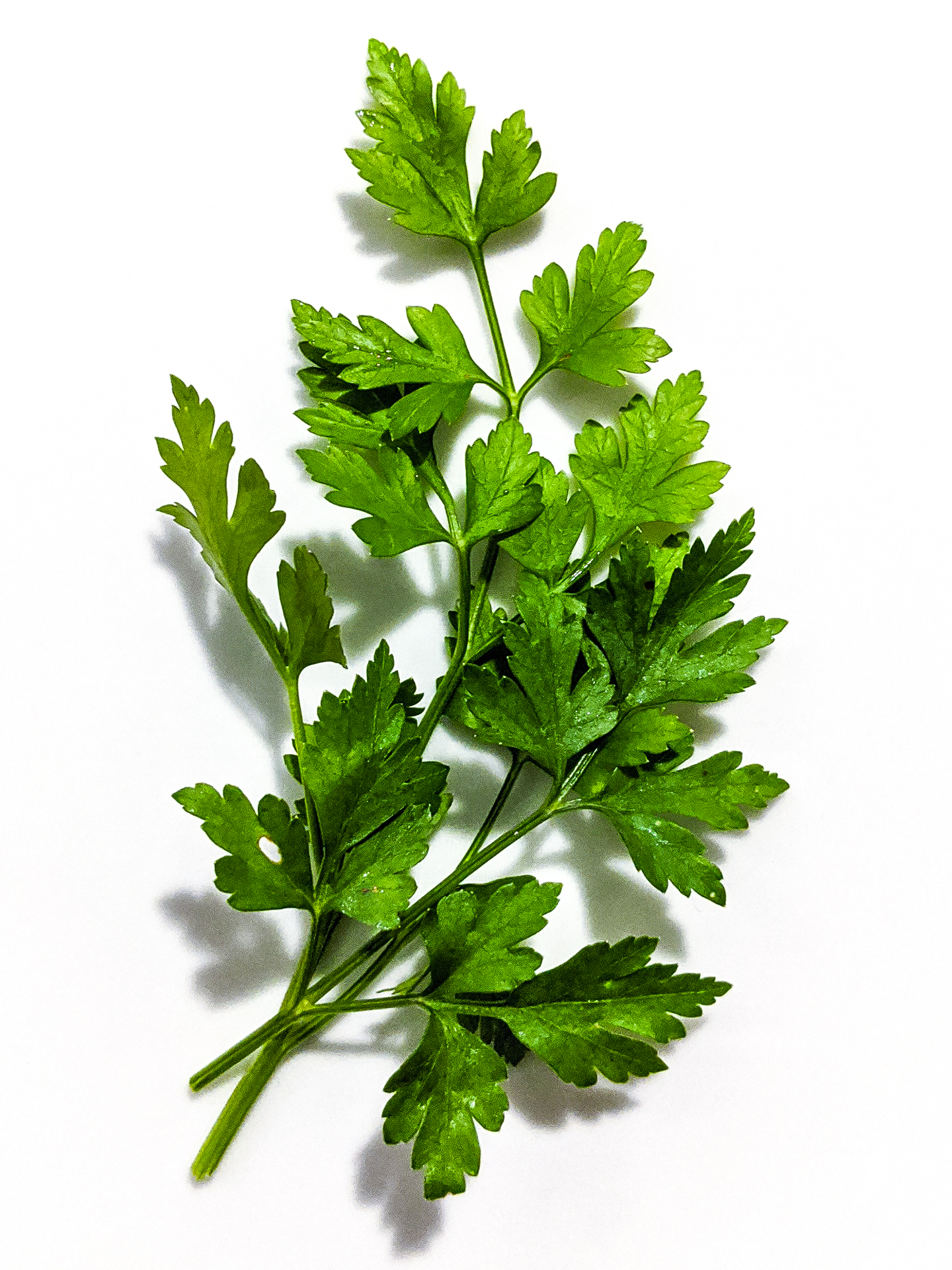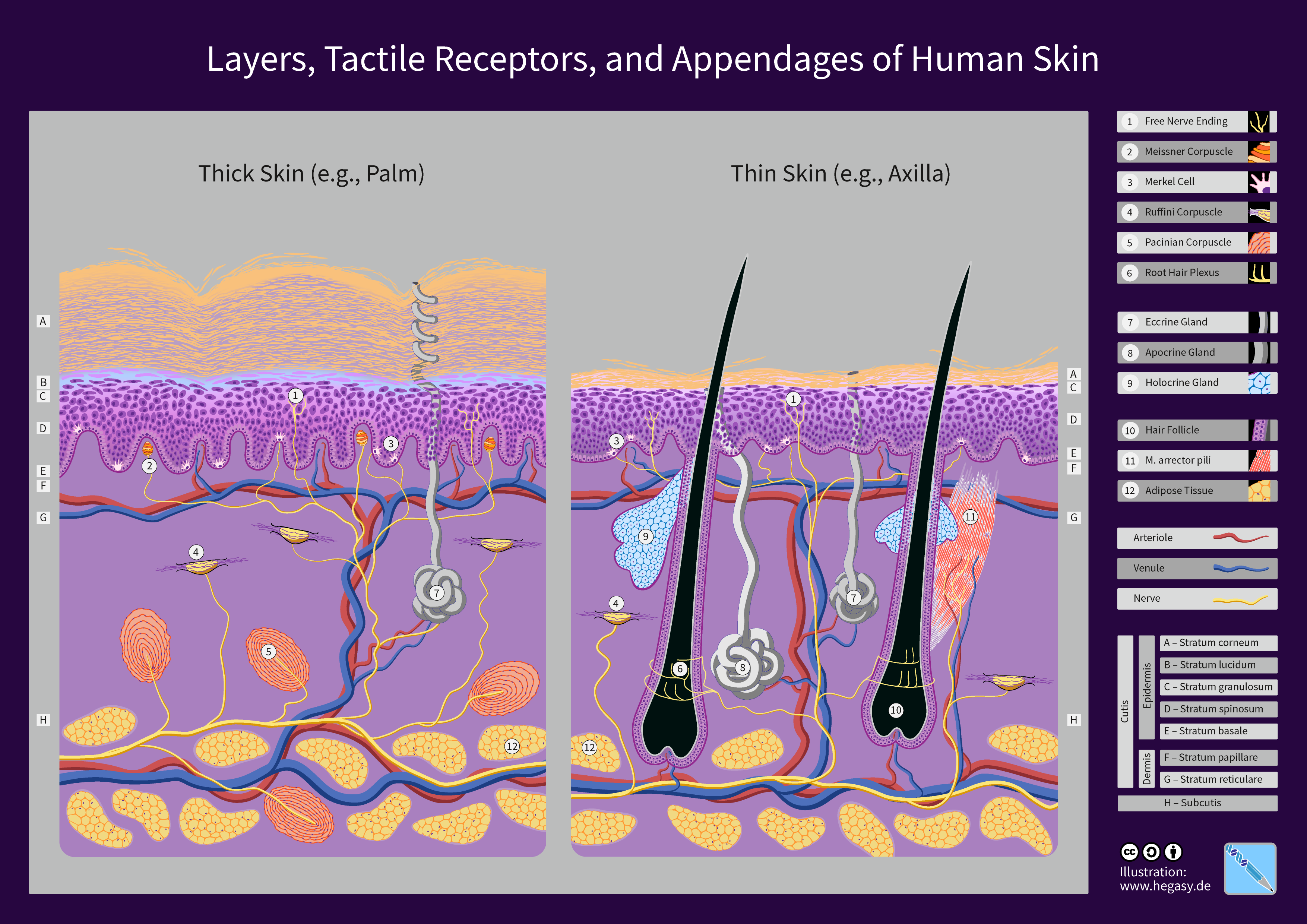|
Garlic Breath
Garlic breath is halitosis (bad breath) resulting from the consumption of garlic. Causes The major volatile compounds responsible for garlic breath are allyl methyl sulfide, allyl methyl disulfide, allyl mercaptan, diallyl disulfide, dimethyl disulfide and methyl mercaptan, along with minor amounts of dimethyl selenide. Various other sulfur compounds are also produced when allicin in garlic is broken down in the stomach and liver. Out of the many compounds, allyl methyl sulfide (AMS) does not break down quickly and remains in the body in significant amounts hours after consumption, resulting in an odor that can last for hours — or even for as long as two days. AMS is the only one of the garlic-derived organosulfur compounds detectable in the lungs or urine, as well as the mouth, which means that AMS is reabsorbed into the blood stream and travels to other organs for excretion - namely the lungs, kidneys and skin. Anaerobic bacteria, which do not metabolize oxygen, are a ... [...More Info...] [...Related Items...] OR: [Wikipedia] [Google] [Baidu] |
Organosulfur Compounds
Organosulfur chemistry is the study of the properties and synthesis of organosulfur compounds, which are organic compounds that contain sulfur. They are often associated with foul odors, but many of the sweetest compounds known are organosulfur derivatives, e.g., saccharin. Nature is abound with organosulfur compounds—sulfur is vital for life. Of the 20 common amino acids, two (cysteine and methionine) are organosulfur compounds, and the antibiotics penicillin and sulfa drugs both contain sulfur. While sulfur-containing antibiotics save many lives, sulfur mustard is a deadly chemical warfare agent. Fossil fuels, coal, petroleum, and natural gas, which are derived from ancient organisms, necessarily contain organosulfur compounds, Desulfurization, the removal of which is a Claus process, major focus of oil refineries. Sulfur shares the chalcogen group with oxygen, selenium, and tellurium, and it is expected that organosulfur compounds have similarities with carbon–oxygen, carbon� ... [...More Info...] [...Related Items...] OR: [Wikipedia] [Google] [Baidu] |
Ohio State University
The Ohio State University (Ohio State or OSU) is a public university, public Land-grant university, land-grant research university in Columbus, Ohio, United States. A member of the University System of Ohio, it was founded in 1870. It is one of the List of largest United States university campuses by enrollment, largest universities by enrollment in the United States, with nearly 50,000 undergraduate students and nearly 15,000 graduate students. The university consists of sixteen colleges and offers over 400 degree programs at the undergraduate and Graduate school, graduate levels. It is Carnegie Classification of Institutions of Higher Education, classified among "R1: Doctoral Universities – Very high research activity". the university has an List of colleges and universities in the United States by endowment, endowment of $7.9 billion. Its athletic teams compete in NCAA Division I as the Ohio State Buckeyes as a member of the Big Ten Conference for the majority of fielde ... [...More Info...] [...Related Items...] OR: [Wikipedia] [Google] [Baidu] |
Home Remedy
Traditional medicine (also known as indigenous medicine or folk medicine) refers to the knowledge, skills, and practices rooted in the cultural beliefs of various societies, especially Indigenous groups, used for maintaining health and treating illness. In some Asian and African countries, up to 80% of people rely on traditional medicine for primary health care. Traditional medicine includes systems like Ayurveda, traditional Chinese medicine, and Unani. The World Health Organization supports their integration, but warns of potential risks and calls for more research on their safety and effectiveness. The use of medicinal herbs spans over 5,000 years, beginning with ancient civilizations like the Sumerians, Egyptians, Indians, and Chinese, evolving through Greek, Roman, Islamic, and medieval European traditions, and continuing into colonial America, with beliefs passed down, translated, and expanded across cultures and centuries. Indigenous folk medicine is tradition ... [...More Info...] [...Related Items...] OR: [Wikipedia] [Google] [Baidu] |
Parsley
Parsley, or garden parsley (''Petroselinum crispum''), is a species of flowering plant in the family Apiaceae that is native to Greece, Morocco and the former Yugoslavia. It has been introduced and naturalisation (biology), naturalized in Europe and elsewhere in the world with suitable climates, and is widely cultivated as an herb and a vegetable. It is believed to have been originally grown in Sardinia, and was cultivated in around the 3rd century BC. Linnaeus stated its wild habitat to be Sardinia, whence it was brought to England and apparently first cultivated in Britain in 1548, though literary evidence suggests parsley was used in England in the Middle Ages as early as the Anglo-Saxon period. Parsley is widely used in European cuisine, European, Middle Eastern cuisine, Middle Eastern, and American cuisine. Curly-leaf parsley is often used as a garnish (food), garnish. In Central European cuisine, central Europe, Eastern European cuisine, eastern Europe, and southern Eur ... [...More Info...] [...Related Items...] OR: [Wikipedia] [Google] [Baidu] |
Human Skin
The human skin is the outer covering of the body and is the largest organ of the integumentary system. The skin has up to seven layers of ectodermal tissue (biology), tissue guarding Skeletal muscle, muscles, bones, ligaments and organ (anatomy), internal organs. Human skin is similar to most of the other mammals' skin, and it is very similar to pig skin. Though nearly all human skin is covered with hair follicles, it can appear Nudity#Evolution of hairlessness, hairless. There are two general types of skin: hairy and glabrous skin (hairless). The adjective List of medical roots, suffixes and prefixes#C, ''cutaneous'' literally means "of the skin" (from Latin ''cutis'', skin). Skin plays an important immunity (medical), immunity role in protecting the body against pathogens and excessive transepidermal water loss, water loss. Its other functions are Thermal insulation, insulation, thermoregulation, temperature regulation, sensation, synthesis of vitamin D, and the protection ... [...More Info...] [...Related Items...] OR: [Wikipedia] [Google] [Baidu] |
Lung
The lungs are the primary Organ (biology), organs of the respiratory system in many animals, including humans. In mammals and most other tetrapods, two lungs are located near the Vertebral column, backbone on either side of the heart. Their function in the respiratory system is to extract oxygen from the atmosphere and transfer it into the bloodstream, and to release carbon dioxide from the bloodstream into the atmosphere, in a process of gas exchange. Respiration is driven by different muscular systems in different species. Mammals, reptiles and birds use their musculoskeletal systems to support and foster breathing. In early tetrapods, air was driven into the lungs by the pharyngeal muscles via buccal pumping, a mechanism still seen in amphibians. In humans, the primary muscle that drives breathing is the Thoracic diaphragm, diaphragm. The lungs also provide airflow that makes Animal communication#Auditory, vocalisation including speech possible. Humans have two lungs, a ri ... [...More Info...] [...Related Items...] OR: [Wikipedia] [Google] [Baidu] |
Sulfur
Sulfur ( American spelling and the preferred IUPAC name) or sulphur ( Commonwealth spelling) is a chemical element; it has symbol S and atomic number 16. It is abundant, multivalent and nonmetallic. Under normal conditions, sulfur atoms form cyclic octatomic molecules with the chemical formula S8. Elemental sulfur is a bright yellow, crystalline solid at room temperature. Sulfur is the tenth most abundant element by mass in the universe and the fifth most common on Earth. Though sometimes found in pure, native form, sulfur on Earth usually occurs as sulfide and sulfate minerals. Being abundant in native form, sulfur was known in ancient times, being mentioned for its uses in ancient India, ancient Greece, China, and ancient Egypt. Historically and in literature sulfur is also called brimstone, which means "burning stone". Almost all elemental sulfur is produced as a byproduct of removing sulfur-containing contaminants from natural gas and petroleum.. Downloahere Th ... [...More Info...] [...Related Items...] OR: [Wikipedia] [Google] [Baidu] |
Breath Mint
A mint or breath mint is a food item often consumed as an after-meal refreshment or before business and social engagements to improve breath odor. Mints are commonly believed to soothe the stomach, given their association with natural byproducts of the plant genus ''Mentha''. Mints sometimes contain derivatives from plants such as peppermint oil or spearmint oil, or wintergreen from the plant genus ''Gaultheria''. However, many of the most popular mints citing these natural sources contain none in their ingredient list or contain only trace amounts. History The production of mints as a discrete food item can be traced back to the 18th century with the invention of Altoids. The popularity of mints took off in the early 20th century, with the advent of mass urbanization and mass marketing. Advertising for mints focused on their convenience, and on the socially isolating effects of bad breath. These advertisements targeted young people generally, and young women particularly. Mint ... [...More Info...] [...Related Items...] OR: [Wikipedia] [Google] [Baidu] |
Mouthwash
Mouthwash, mouth rinse, oral rinse, or mouth bath is a liquid which is held in the mouth passively or swirled around the mouth by contraction of the perioral muscles and/or movement of the head, and may be gargled, where the head is tilted back and the liquid bubbled at the back of the mouth. Usually mouthwashes are antiseptic solutions intended to reduce the microbial load in the mouth, although other mouthwashes might be given for other reasons such as for their analgesic, anti-inflammatory or anti-fungal action. Additionally, some rinses act as saliva substitutes to neutralize acid and keep the mouth moist in xerostomia (dry mouth). Cosmetic mouthrinses temporarily control or reduce bad breath and leave the mouth with a pleasant taste. Rinsing with water or mouthwash after brushing with a fluoride toothpaste can reduce the availability of salivary fluoride. This can lower the anti-cavity re-mineralization and antibacterial effects of fluoride. Fluoridated mouthwash may mi ... [...More Info...] [...Related Items...] OR: [Wikipedia] [Google] [Baidu] |
Liver
The liver is a major metabolic organ (anatomy), organ exclusively found in vertebrates, which performs many essential biological Function (biology), functions such as detoxification of the organism, and the Protein biosynthesis, synthesis of various proteins and various other Biochemistry, biochemicals necessary for digestion and growth. In humans, it is located in the quadrants and regions of abdomen, right upper quadrant of the abdomen, below the thoracic diaphragm, diaphragm and mostly shielded by the lower right rib cage. Its other metabolic roles include carbohydrate metabolism, the production of a number of hormones, conversion and storage of nutrients such as glucose and glycogen, and the decomposition of red blood cells. Anatomical and medical terminology often use the prefix List of medical roots, suffixes and prefixes#H, ''hepat-'' from ἡπατο-, from the Greek language, Greek word for liver, such as hepatology, and hepatitis The liver is also an accessory digestive ... [...More Info...] [...Related Items...] OR: [Wikipedia] [Google] [Baidu] |
Halitosis
Bad breath, also known as halitosis, is a symptom in which a noticeably unpleasant breath odour is present. It can result in anxiety among those affected. It is also associated with depression and symptoms of obsessive compulsive disorder. The concerns of bad breath may be divided into genuine and non-genuine cases. Of those who have genuine bad breath, about 85% of cases come from inside the mouth. The remaining cases are believed to be due to disorders in the nose, sinuses, throat, lungs, esophagus, or stomach. Rarely, bad breath can be due to an underlying medical condition such as liver failure or ketoacidosis. Non-genuine cases occur when someone complains of having bad breath but other people cannot detect it. This is estimated to make up between 5% and 72% of cases. The treatment depends on the underlying cause. Initial efforts may include tongue cleaning, mouthwash, and flossing. Tentative evidence supports the use of mouthwash containing chlorhexidine or cetylpyridi ... [...More Info...] [...Related Items...] OR: [Wikipedia] [Google] [Baidu] |









